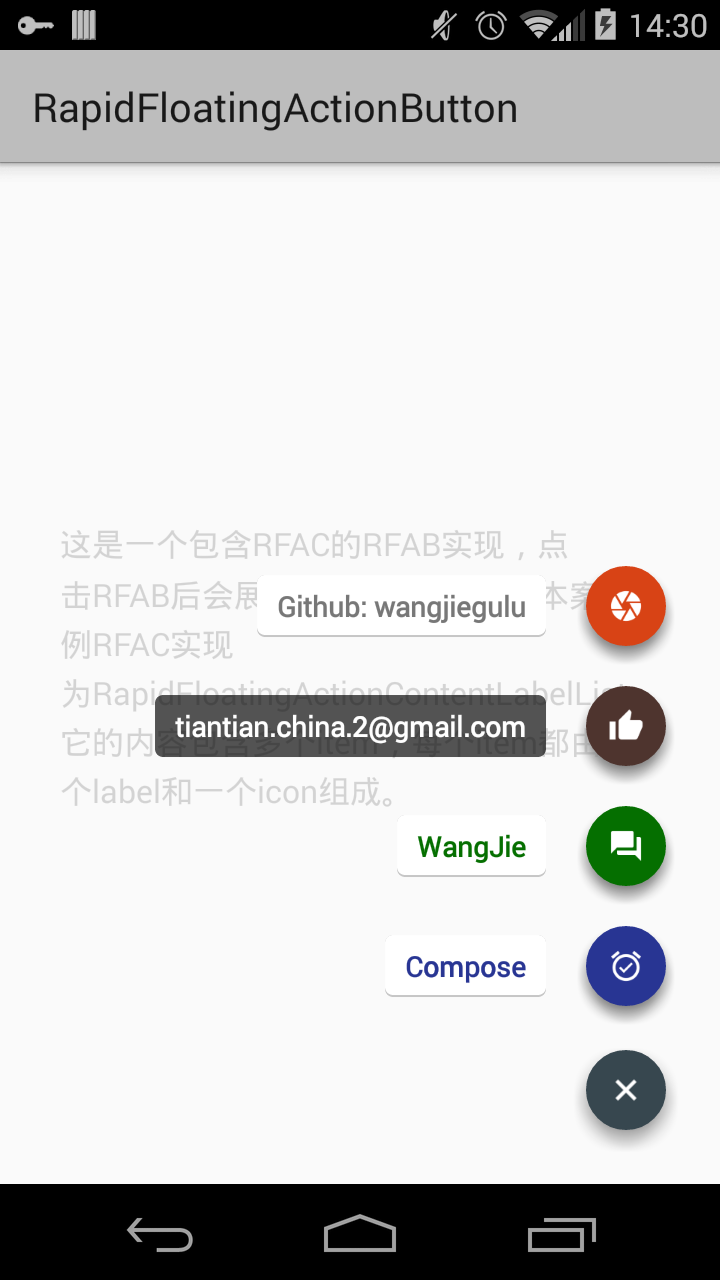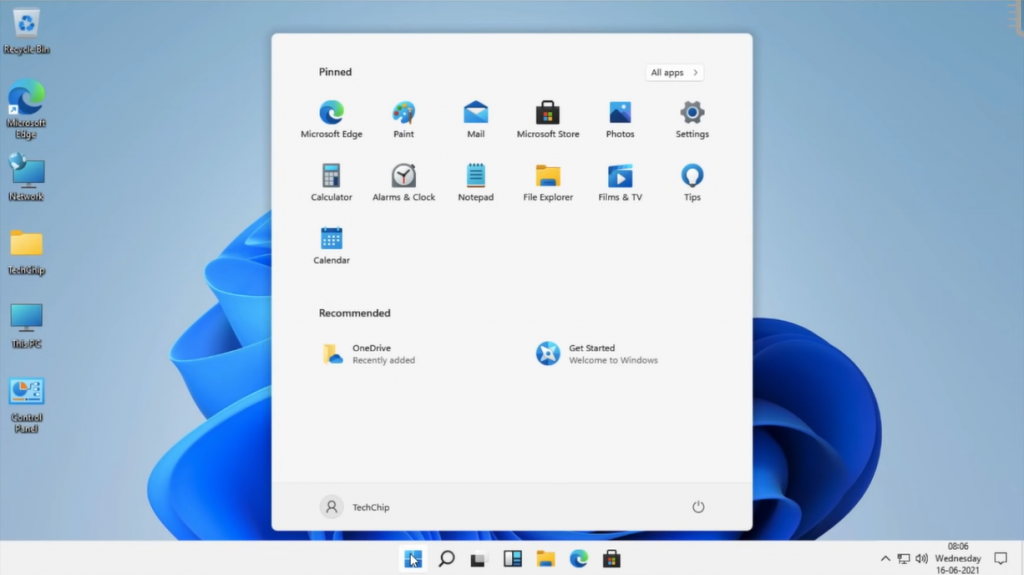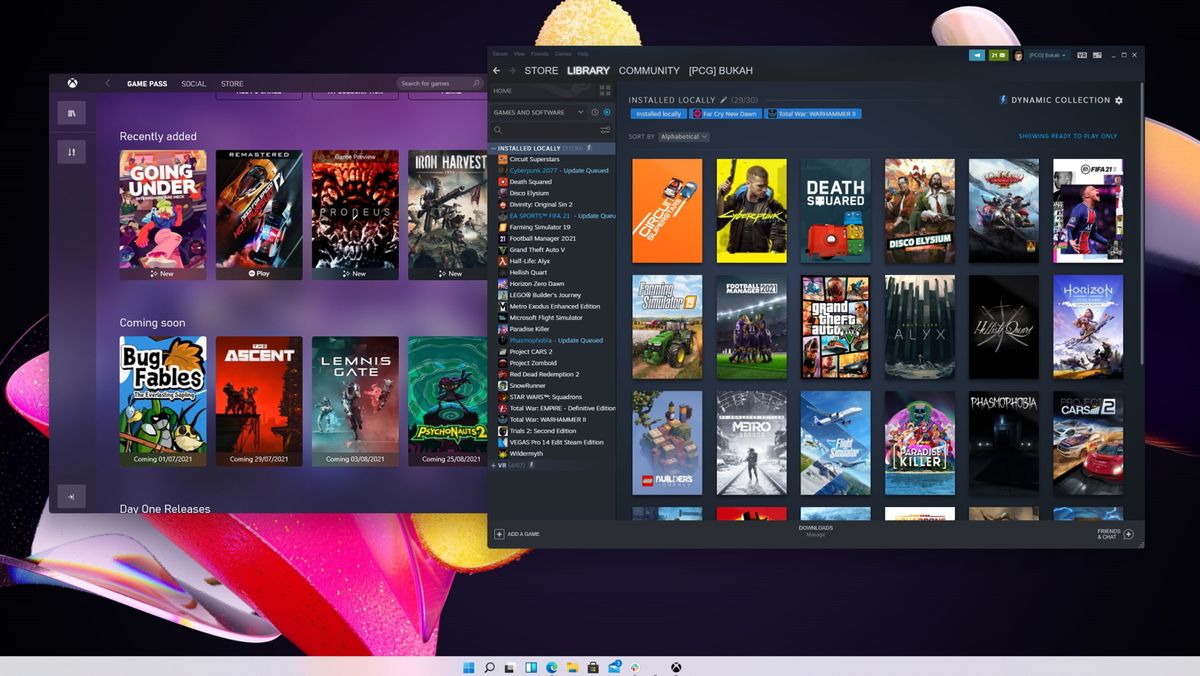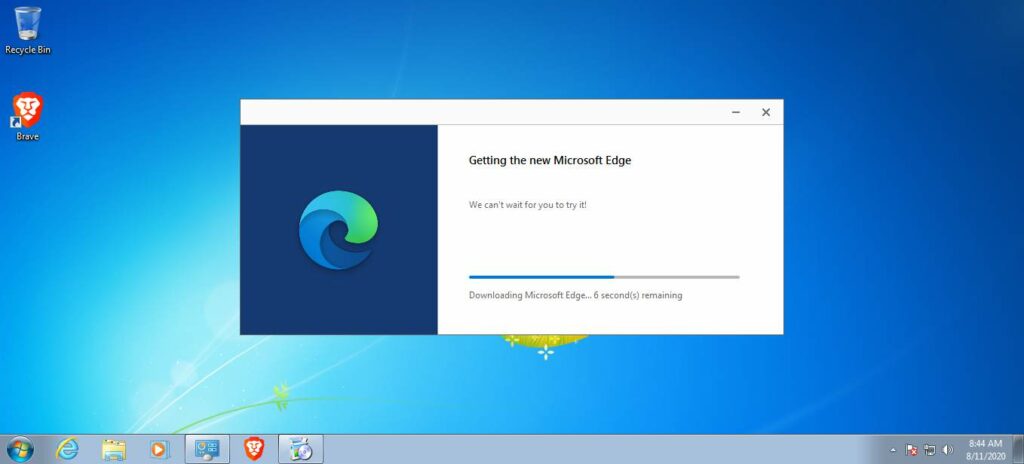The microservices-based architecture of the Kubernetes management plane provides the pliability and resiliency to scale up and down in accordance with the calls for of the workloads. However, this very nature of distributed microservices architecture requires a dependable and performant knowledge store that can act as a single source of the reality — and that datastore is etcd. This extra complex environment encouraged the use of containers, and Kubernetes became the popular means of managing them. Unfortunately, the good irony of Kubernetes is that the technology created to make the administration of modern cloud applications easier is, itself, incredibly tough to handle. In a hybrid infrastructure, perhaps using one of the leading cloud service suppliers such as AWS, Azure or GCP, you can double this overhead. Unity Simulation permits product developers, researchers, and engineers to smoothly and efficiently run 1000's of instances of parameterized Unity builds in batch in the cloud. Unity Simulation permits you to parameterize a Unity project in ways that can change from run to run. With Unity Simulation, there isn't any want to install and manage batch computing software program or server clusters that you use to run your jobs, permitting you to focus on analyzing outcomes and solving problems. This weblog post showcases how our engineers are continually innovating to make certain that our customers' jobs run as quick and as cost-effectively as possible on Unity Simulation. After the chaos period has elapsed, all affected companies are restored, with publish checks confirming cluster health.
To higher perceive how WAO can scale back power consumption, the process for task allocation in Kubernetes must be explained first. The default task scheduler—Kube-scheduler—uses a pod because the smallest deployable unit. When distributing pods to nodes, Kubernetes doesn't provide advanced network load balancers. According to the researchers at Osaka University, when allocating duties to candidate pods, even with MetalLB, Kubernetes clusters solely provide simple load balancers with equal chance. Cloud native applications are constructed to run in the cloud, versus working on a single server or assortment of servers. In the early days of cloud architecture, operating in the cloud meant working on digital machines. At the time of scripting this post, two tools have Kubernetes native artificial checks specifically Kuberhealthy and Grafana Cloud. Kuberhealthy provides a lot more artificial checks in comparability to Grafana Cloud and in addition it's an open-source option too. Thus, we'll explore synthetic monitoring in the Kubernetes clusters with the assistance of Kuberhealthy. Dynatrace monitors native Kubernetes and any managed service like OpenShift, EKS, AKS, GKE, IBM IKS, and so forth. Container orchestration, at its most elementary, makes it easier for you to deploy, scale, and handle your container-based infrastructure. Containers are more and more turning into the norm in fashionable cloud environments, but the ease and flexibility with which they permit you to spin up new cases comes at a cost — specifically, complexity. With so many shifting items, it's all of the extra crucial to find a way to schedule and provision your containers whereas maintaining a desired state — mechanically. What's extra, Kubernetes can deploy your purposes wherever they run, whether that's a cloud platform like AWS, GCP, or Azure, or even naked steel servers.
Pod deletion, which is managed by greater level kubernetes controllers similar to deployments and statefulsets, causes the pod to be rescheduled on a suitable node within the cluster. Continuity of finish application I/O and the time taken for reschedule/bring-up are the essential post checks carried out in these checks. Fernando Laudares Camargos joined Percona in early 2013 after working 8 years for a Canadian firm specialized in offering companies primarily based in open source applied sciences. Fernando's work experience includes the architecture, deployment and maintenance of IT infrastructures primarily based on Linux, open source software and a layer of server virtualization. From the fundamental companies corresponding to DHCP & DNS to id management systems, but also including backup routines, configuration management instruments and thin-clients. He's now specializing in the universe of MySQL, MongoDB and PostgreSQL with a particular interest in understanding the intricacies of database systems and contributes often to this blog. Aporeto supplies security for containers, microservices, cloud and legacy functions based on workload identification, encryption, and distributed insurance policies. Deployment failures can also end result from exceeding useful resource quotas, which are a mechanism to restrict resource consumption per namespace when groups share a cluster with a fixed number of nodes. Resources include pods, providers and deployments in addition to the whole amount of compute resources. In this case too, the 'kubectl describe' command helps in digging all the means down to the precise error message. In different phrases, a framework to construct and host a ready set of "deployable tests" that use chaos engineering ideas because the underlying business-logic. In order to achieve this, Litmus internally makes use of the aforementioned opensource chaos tools, combined with the ability of kubectl, while additionally using sure home-grown chaos techniques where necessary. I assume this really informs the significance of readiness and liveness timeouts in our web utility pods. This node stayed alive, and all the pods on it continued running, even though resource rivalry was incredibly high.
A net application beneath that type of load couldn't have served site visitors in any reasonable time. Of course, we have to be careful about this type of configuration as well, as shedding all pods on a cluster because of readiness probe failures can create some complete outages as well. Spreading load out across nodes utilizing preferredDuringSchedulingIgnoredDuringExecution can isolate these types of issues at an utility level. The Kubernetes Horizontal Pod Autoscaler mechanically scales the number of pods in a deployment based mostly on a customized metric or a resource metric from a pod utilizing the Metrics Server. For instance, if there is a sustained spike in CPU use over 80%, then the HPA deploys extra pods to manage the load across more assets, maintaining software efficiency. Not solely can nodes be duplicated and redeployed elsewhere, but the containers inside them can be mechanically substituted on failure. Even complete master nodes may be automatically swapped out and in to support mission-critical processes. Similarly, Kubernetes can provision computing sources on an as-needed basis to applications with highly variable demand, for example by committing many parallel duplicate microservice instances to heavy duties. Endorsed by the Cloud Native Computing Foundation , GitOps is an operations model primarily based on a collection of software program and processes. It builds on the declarative nature of Kubernetes to automate far more. To do this, it enlists the help of a version management system – usually Git, therefore the name – in which to store the YAML information.
Each worker node hosts one or more pods – a collection of containers underneath Kubernetes' control. The varied workloads and services that make up your cloud software run in these containers. Crucially nevertheless, the containers usually are not tied to their node machines. Kubernetes can transfer them across the cluster if essential to maximise stability and effectivity. WAO-scheduler is a custom kube-scheduler that ranks nodes using a neural network–based prediction model. A greater ranking for a node signifies that it's expected to have a lower increase in power consumption when using computing assets. The researchers used WAO-LB to define an evaluation formula primarily based on the idea of osmotic pressure and add power consumption and response time models using neural networks. As we have seen, setting CPU and memory requests and limits is easy—and now you know how to do it. By adding a layer of monitoring, you'll go an extended way to guaranteeing that Pods usually are not fighting for resources on your cluster. A full DevOps toolchain for containerized apps in manufacturing, Cloud sixty six automates much of the heavy-lifting for Devs by way of specialised Ops instruments. The platform currently runs four,000 customer workloads on Kubernetes and manages 2,500 lines of config. By providing end-to-end infrastructure management, Cloud sixty six allows engineers to construct, deliver, deploy, and handle any utility on any cloud or server. Weave Scope is a troubleshooting and monitoring device for Docker and Kubernetes clusters. It can mechanically generate functions and infrastructure topologies which can help you to determine software performance bottlenecks easily. You can deploy Weave Scope as a standalone application on your local server/laptop, or you can select the Weave Scope Software as a Service resolution on Weave Cloud. With Weave Scope, you'll have the ability to easily group, filter or search containers utilizing names, labels, and/or resource consumption. The takeaway here is that, in order to deploy Kubeflow-based workloads in manufacturing, you'll want to coach yourself within the fundamentals of Kubernetes monitoring and take steps to observe your clusters. Otherwise, you might deploy your workloads solely to search out that Kubernetes efficiency issues trigger training jobs to fail or run very slowly. Once installed, Kubeflow provides Web UIs for managing quite a lot of coaching jobs, in addition to preconfigured assets for deploying them. For example, try this tutorial, which explains how to run a TensorFlow training job using Kubeflow TFJob, a software supplied by Kubeflow.
As the tutorial reveals, you possibly can simply run the job by making a YAML file that points TFJob to the container that hosts your coaching code, together with any needed credential data required to run the workload. If you're a data scientist, you probably spend a good amount of time serious about how to deploy your machine studying models effectively. You look for methods to scale models, distribute fashions throughout clusters of servers, and optimize model efficiency using strategies like GPU offloading. Even in a single cloud, the Kubernetes developer expertise is usually cited. Developers are already comfortable with Docker, and Kubernetes makes it easy to get the same container working in manufacturing. Etc.,) and even free options (gremlin-free) might help induce specific types of failures on containers, pods, virtual machines and cloud cases. A need was recognized to tie the act of chaos itself with automated orchestration and evaluation (data availability & integrity, utility and storage deployments' health and so forth.,). QoS class cannot be specified, the API server calculates the field based mostly on the configured useful resource requests and limits. This is finished as a end result of the QoS is dependent upon how Kubernetes can allocate host assets to the pod. The Kubernetes Metrics Server is the essential element for a load check as a outcome of it collects useful resource metrics from Kubernetes nodes and pods. Metrics Server supplies APIs, by way of which Kubernetes queries the pods' resource use, like CPU share, and scales the number of pods deployed to manage the load. Every cluster includes a minimal of one master node and, for manufacturing, at least one employee node . As the first control unit for the cluster, the grasp node handles the Kubernetes management aircraft – the environment by way of which the employee nodes work together with the grasp node. The management aircraft exposes the Kubernetes API so the nodes and the containers that host your application may be managed by Kubernetes. Kubernetes defines a logical grouping of a number of containers into Pods.
When you create a Pod, you normally specify the storage and networking that containers share within that Pod. The Kubernetes scheduler will then search for nodes that have the sources required to run the Pod. Caylent supplies a important DevOps-as-a-Service operate to excessive development corporations on the lookout for expert help with microservices, containers, cloud infrastructure, and CI/CD deployments. Our managed and consulting companies are a cheaper option than hiring in-house, and we scale as your staff and firm develop. Check out some of the use circumstances, find out how we work with clients, and profit from our DevOps-as-a-Service providing too. Telepresence provides the possibility to debug Kubernetes clusters domestically by proxy knowledge from your Kubernetes surroundings to the native course of. Telepresence is prepared to present access to Kubernetes providers and AWS/GCP sources for your native code as it will be deployed to the cluster. With Telepresence, Kubernetes counts local code as a traditional pod inside your cluster. MIG functionality can divide a single GPU into multiple GPU partitions known as GPU situations. Each occasion has dedicated memory and compute resources, so the hardware-level isolation ensures simultaneous workload execution with assured quality of service and fault isolation.
Data scientists often use Jupyter Notebooks to help manage the various steps outlined above. By inserting the code, knowledge, and documentation that they should prepare and deploy machine learning fashions in Jupyter Notebooks, knowledge scientists can store the entire sources they require in a single location. They can even interactively modify Jupyter Notebooks as they proceed, which makes it simple to update the algorithm if, for example, testing reveals that the model just isn't performing as required. Gitkube is a software that makes use of git push for constructing and deploying docker images on Kubernetes. Remote consists of custom sources which are managed by gitkube-controller. Gitkube-controller sends the changes to gitkubed, which then builds the docker image and deploys it. To set up the chaos infrastructure, as that is essential for the target and pumba containers to co-exist on a node so the latter can execute the Kill operation on the target. When these circumstances happen, a sequence of calculations are made by the supervisor that makes an attempt to discover out which pod evictions would be most likely to resolve the current concern on the node. These calculations take inputs from pod priority, high quality of service class, useful resource requests and limits, and present useful resource consumption. In this experiment, I will tune these settings to validate how Kubernetes executes this calculation and use that outcome to supply some recommendations for operating fault-resistant purposes on the platform. When incompressible sources run low, Kubernetes use kubelets to evict pods. Each compute node's kubelet screens the node's useful resource utilization by capturing cAdvisor metrics. If you set the right parameters when deploying an utility and know all the possibilities, you possibly can higher management your cluster. Once the PHP web utility is operating within the cluster and we've arrange an autoscaling deployment, introduce load on the web software.
This tutorial uses a BusyBox picture in a container and infinite internet requests working from BusyBox to the PHP net application. BusyBox is a light-weight image of many common UNIX utilities, such as GNU Wget. Another tool that allows load testing is the open supply Hey, which creates concurrent processes to ship requests to an endpoint. MuleSoft provides the Runtime Fabric agent, Mule runtime engine , and different dependencies used to deploy Mule applications. The Runtime Fabric agent deploys and manages Mule purposes by producing and updating Kubernetes sources similar to deployments, pods, Replicasets, and ingress assets. This makes controllers very flexible and powerful integration mechanisms, offering a unified way to use resources across platforms and environments. Also, examine your managed kubernetes offering "SLAs"/SLOs and ensures. A vendor may guarantee availability of management plane but not p99 latency of the requests you ship to it. In different phrases, you would possibly do kubectl get nodes and get right reply in 10 minutes and that still doesn't violate the service guarantee. When adding and eradicating nodes to/from the cluster, you shouldn't contemplate some easy metrics like a cpu utilization of those nodes. When scheduling pods, you resolve based on lots of scheduling constraints like pod & node affinities, taints and tolerations, resource requests, QoS, and so forth. Having an external autoscaler that doesn't understand these constraints could be troublesome. After taking all of the available nodes during the filter phase, PCS first collects information on every node, including useful resource usage and temperature. Next, PCS predicts the rise of power consumption in every node via TensorFlow and ranks them accordingly. In this way, WAO-scheduler not solely components within the elevated computing resources as a end result of pods deployment, but in addition the rise in power consumption in every node. When you've giant clusters with many companies running inside Kubernetes pods, well being and error monitoring may be tough. The New Relic platform provides an easy method to monitor your Kubernetes cluster and the providers working within it.
It helps you make certain that requests and limits you are setting on the container and across the cluster are acceptable. Kubernetes is a system for automating containerized applications. It manages the nodes in your cluster, and also you define the useful resource necessities in your purposes. Understanding how Kubernetes manages resources, particularly during peak instances, is essential to keep your containers working easily. The .assets.limits area specifies a MIG system with 5 GB of memory for every Pod utilizing the blended strategy. The notation nvidia.com/mig-1g.5gb is specific to the mixed technique and have to be adapted accordingly for your Kubernetes cluster. In this example, the model for NVIDIA Triton is stored on a shared file system using NFS protocol. If you do not have a shared file system, you have to ensure that the mannequin is loaded to all worker nodes to be accessible by the Pods started by Kubernetes. It's also important to contemplate that the scheduler compares a pod's requests to each node's allocatable CPU and reminiscence, quite than the total CPU and reminiscence capacity. This accounts for any pods already working on the node, in addition to any assets wanted to run critical processes, corresponding to Kubernetes itself. The Kubernetes documentation expands on this and different resource-related scheduling points in more detail. Throughout this weblog, we discussed the essential elements of etcd – a single however very crucial element of Kubernetes. To streamline that check out the Rafay Kubernetes Management Cloud. Objects are well known sources like Pods, Services, ConfigMaps, or PersistentVolumes. Operators apply this model on the degree of whole applications and are, in impact, application-specific controllers. Overall, this is ready to not be extra complicated than the way we expose our site visitors routing situations now.
































































